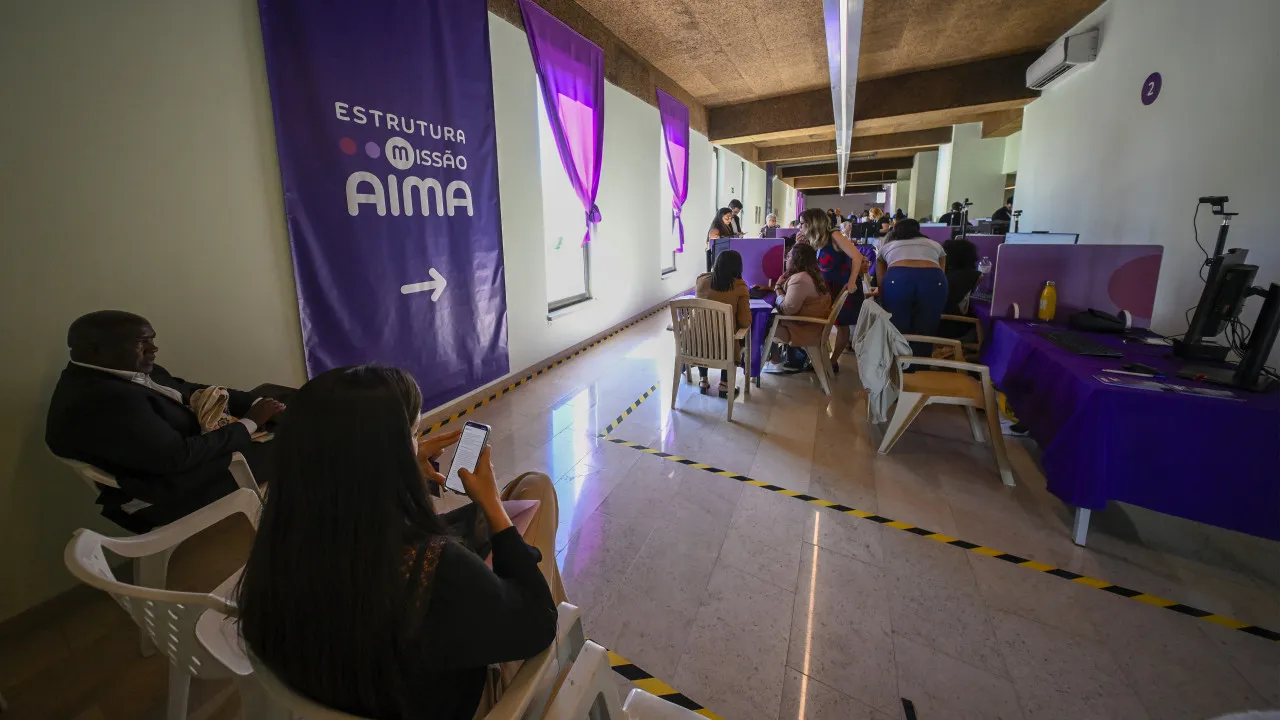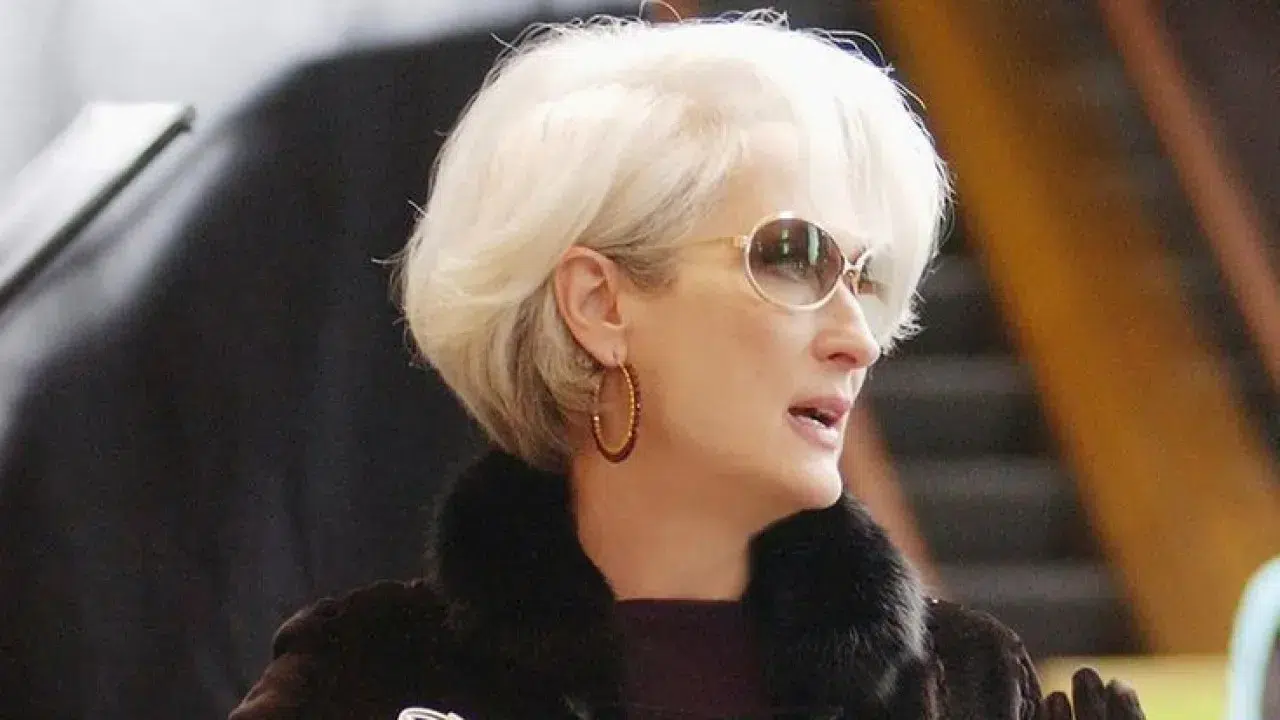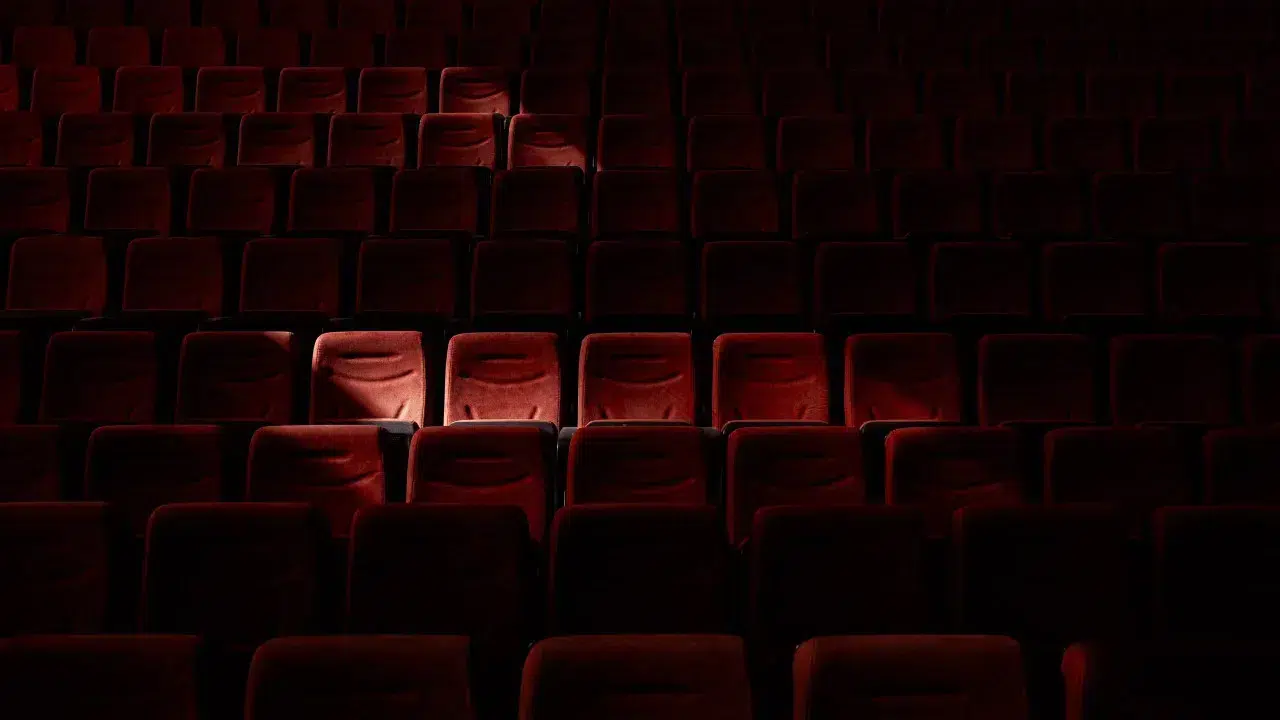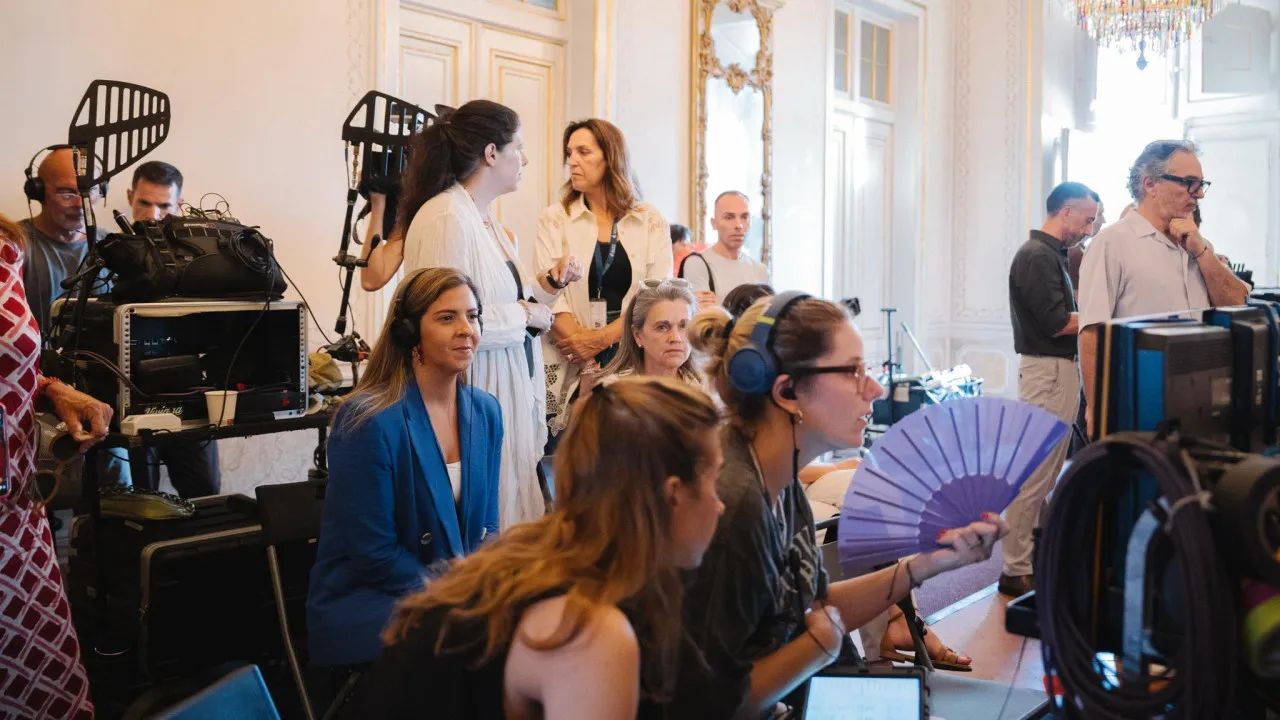The “Greenhouse” project, which will represent Portugal at the 60th Venice Art Biennale between April and November, has as its protagonist a Creole Garden where there are installations that are stages for choreographies, assemblies and militant education.
“Greenhouse”, by curators and artists Mónica de Miranda, Sónia Vaz Borges and Vânia Gala, was the project chosen, in a limited competition organized by the Directorate-General for the Arts (DGArtes), to officially represent Portugal at the Art Biennale, which takes place between April 20 and November 24 in Venice, Italy.
According to Mónica de Miranda, at a press conference today in Lisbon, during the Venice Art Biennale, a garden “that will be taken care of” will be installed in Palazzo Franchetti, the Portuguese pavilion, and which, among other initiatives, will remember Amílcar Cabral, founder and leader of the African Party for the Independence of Guinea and Cape Verde, who would have celebrated his 100th birthday this year.
“A garden punctuated by installations, which also carry gardens, sculptures that are stages, mobile sculptures that are transmuted into space, which receive choreographies and where schools will take place, trying to replicate Amílcar Cabral’s assemblies, which took place in forests,” explained Mónica de Miranda.
The Criollo Garden will also be home to radio taps, to which “several thinkers” have contributed, and the project “opens up for more artists and other curators to reflect”.
During the Biennale, “an active public is called upon to be part of the experience of the exhibition project, which, as well as being an aesthetic experience, expands and calls on various thinkers, artists and researchers to reflect on the very theme of the pavilion.”
With this project, the three curators, artists and researchers, are building “an ecological, historical and collective reflection that the garden carries within itself”.
“The garden has a time that is cyclical, it brings together the past, the present and the future. In the past, it brings all the stories of a Portuguese colonial legacy, and deconstructs this space through artistic practices that point to the future, a utopia of being able to create, through art, a meeting place where a dialog is established, which reflects these issues and brings new alternatives to them,” said Mónica de Miranda, speaking to Lusa on the sidelines of the press conference.
Asked whether, in the year that marks the 50th anniversary of April 25, 1974 and the beginning of the independence process for Portugal’s former colonies in Africa, it is particularly important that Portugal is represented at the Venice Art Biennale by the “Greenhouse” project, Mónica de Miranda said that the project “came at a crucial time to rethink the end of colonialism, to rethink this space and see what consequences are still present from this historical legacy, which still creates various social and economic inequalities in the present day”.
“In a way, this project wants to reflect that space [50 years since April 25 and the beginning of independence], and also bring in the thinking of Amílcar Cabral and other thinkers who were fundamental in defeating the colonial regime and who implemented important liberation strategies,” he said.
During the press conference, the Minister of Culture, Pedro Adão e Silva, stressed the importance of “Greenhouse” being the project that officially represents Portugal at the Venice Art Biennale this year in particular.
“It’s also an opportunity to look at the experience of colonization through the eyes of the colonized, on the 50th anniversary of our democracy and the 50th anniversary of the liberation struggles, and that’s why we’re also remembering Amílcar Cabral, on the 100th anniversary of his birth and the 50th anniversary of his death, which was last year,” said Adão e Silva, speaking to Lusa at the end of the press conference.
The minister recalled that contemporary art is, “by definition, speculative and political, not in the sense of offering solutions, but by posing questions and interrogating”.
“The theme that runs through [the Venice Art Biennale] in 2024, which is ‘foreigners everywhere’, is a fundamental theme for understanding contemporaneity and one that requires a speculative and problematizing discourse,” he said.
Pedro Adão e Silva also pointed out, in relation to the project, that “the very stimulating concept of Jardim Crioulo, in a way, is a way of questioning the foreigner everywhere”.
“A garden is a space that we have to take care of, and Creole, as a qualifier, is a frank space, a frank grammar, of sharing, of understanding and, therefore, of community building,” he said.
The Creole Garden that will be there at the opening of the Biennale in April will be different from the one you’ll see at the end in November.
“This is also part of the project, which is not a static work, it’s always on the move and every day is different,” said Mónica de Miranda about the protagonist of the “Greenhouse” project, who will be cared for and where “there will be harvesting” of fruit and aromatic and medicinal herbs.
According to the artist, the project team is working with an association in Venice that “will give the plants a new lease of life and make use of them”.
Using drawing, installation, photography, video and sound, Mónica de Miranda’s work is based on themes of urban archaeology and personal geography.
She was recently awarded a Soros Arts 2023 grant, “an outstanding award that supports socially engaged art”, from the international philanthropy network Open Society Foundations.
Sónia Vaz Borges presents herself as a “militant historian” whose career has been developed at public universities in Lisbon, Berlin and New York.
She has a PhD in Educational Sciences – History of Education, from the Humboldt University of Berlin, where she is a researcher.
Vânia Gala is a choreographer and researcher whose interests “focus on experimental practices in performance, dance and theater with an emphasis on notions of refusal, (non-)performance, opacity, choreographic thinking, fugitivity, improvisations, dissent and hospitality.”








